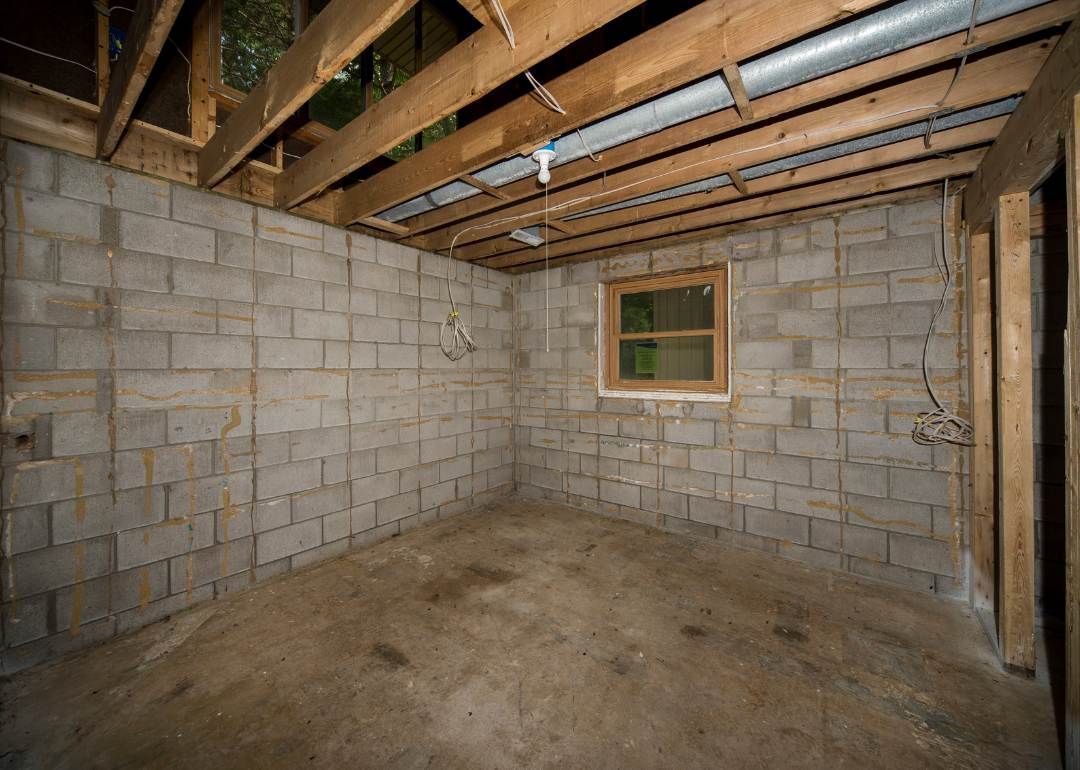Property Damage Caused By Smoke and Soot After a House Fire
After a house fire has been extinguished, the consequences of smoke and soot are sometimes overlooked. In fact, smoke and soot typically inflict more damage than the fire itself, so it is important for Lafayette homeowners to keep that in consideration when managing the aftermath of a residential fire. Smoke and soot byproducts will settle onto the walls, ceilings, furniture, and other surfaces after the fire has been extinguished -- causing severe property damage like etching and tarnishing. Without immediate smoke & fire damage restoration, these effects can become permanent and leave homeowners of long-lasting damage and lingering odors.
Aside from the property damage caused by smoke and soot, smoke and soot can cause health effects. Inhalation can cause serious health consequences such as coughing, watery eyes, and even lung cancer. All the more reason to address smoke and soot damage as immediately as possible.
What is Smoke Damage & How Does it Effect a Home?
Smoke damage refers to any physical or structural damage that is the result of exposure to the smoke subsequent to the physical fire, not damage that is caused by the physical flames of a fire. Smoke, unlike fire, does not completely destroy a structure, its rooms, its contents, or building components, but it can nonetheless have disastrous consequences. Some symptoms include layers of soot coating surfaces, items, belongings and furniture. There may be a linger odor coupled with potentially toxic with inhalation.
Smoke and soot can be surprisingly greasy, so when it settles on the walls, flooring, furniture and personal belongings, it leaves an unpleasant film. Smoke and soot can be especially damaging to porous surfaces like wood and upholstery, wreaking havoc on fabrics and porous furniture in particular. Even materials like metal could begin to erode given enough time before cleaning. Cleaning of smoke and soot damaged materials is extremely difficult without the right knowledge and equipment. That is why smoke damage cleanup and soot removal should be performed by a trained and experience restoration professional.
Smoke Damage Cleanup, Soot Removal & Fire Restoration for Lafayette Homes
The effects of smoke can damage the building materials like walls and flooring, as well as furniture and contents. The type of smoke and the intensity of the fire will determine what kind of damage and the severity of the damage. Smoke and soot can greatly impact porous surfaces, like furniture, carpets, curtains, or even clothing. The particles and odor can get caught in the soft surfaces, requiring professional cleaning. Additionally, walls and floors can sustain visible and invisible damage, such as black walls and residual odors.
Because soot residue can be harmful, removing smoke damage and soot residue should be left to trained professionals who are properly equipped and have the training and experience to safely restore the property. When inexperienced homeowners take matters into their own hands and attempt cleaning on their own without the necessary knowledge or equipment, problems can develop. To ensure the safest and most efficient removal of soot, our local restoration specialists employ a number of technical cleaning procedures, specialty cleaning agents, and professional-grade equipment. Local fire restoration experts in Lafayette are specially trained to navigate the scene of a fire, properly contain the damage, safely remove non-salvageable materials, perform a thorough cleanup, and eliminate odors to restore a clean, safe and health home.
DryMax’s Local Fire Restoration Team in Lafayette
When a fire breaks out, the structure is soon consumed by flames, leaving a trail of devastation in its wake. The structure and personal belongings will be destroyed by the flames. The succeeding smoke will cause additional damage and soot buildup. To put out the flames, firefighters must saturate the building with water, resulting in significant water damage. When you contemplate all of the damage, it's clear that dealing with the aftermath of a fire entails dealing with a slew of property damage caused by a variety of circumstances. As a result, cleanup is a difficult task that should be handled by a trained professional.
DryMax Restoration is a locally owned fire restoration company in Lafayette servicing all of the surrounding Louisiana areas. Our local emergency restoration team is properly trained and certified to perform thorough cleanups that properly restore properties to their pre-incident condition. If you find yourself managing the aftermath of a fire, contact our office today to schedule an assessment -- 337-857-3670. Our cleanup specialists are ready and able to help you get things cleaned and get life back on track.
You might also like
DryMax Restoration Blogs




